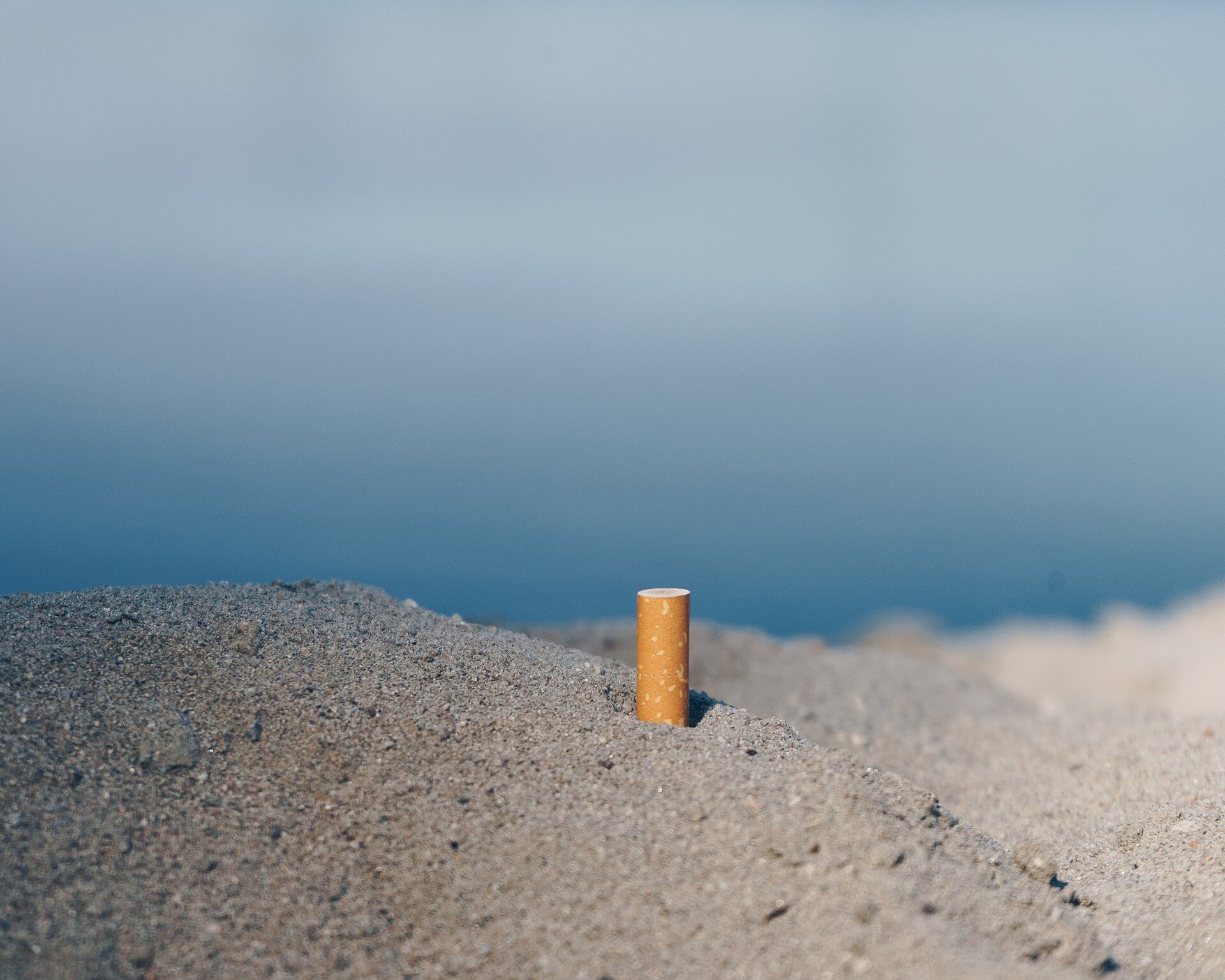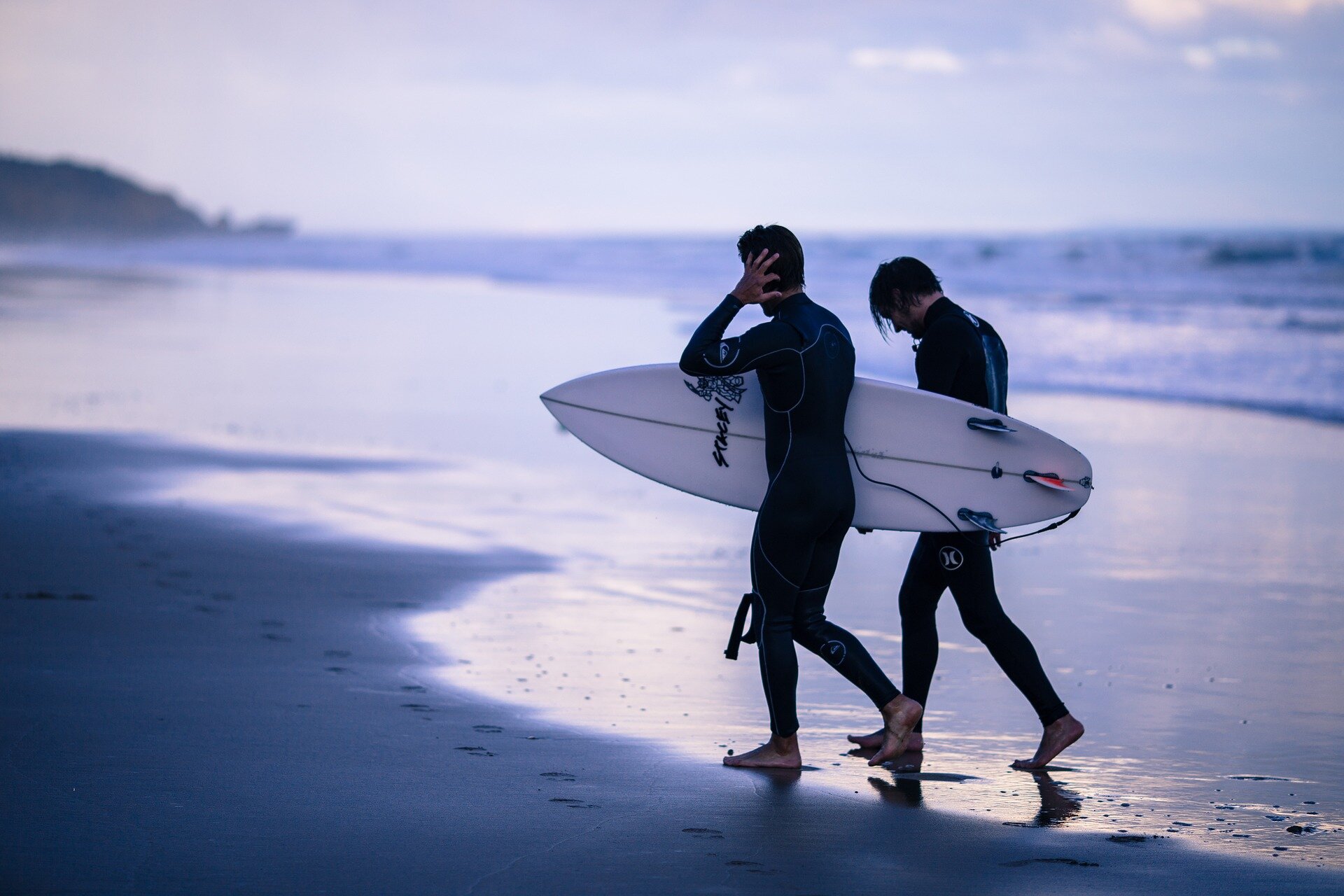Want to decrease your carbon footprint without compromising your surf sessions? Then take a look at some of the following ways you can become a more eco-friendly surfer.
If you’re learning to surf in Hossegor or anywhere else for that matter, it’s important to consider the impact your surf trip will have on the local environment. The reason being that as surfers we spend more time than most enjoying the fruits of the natural world. So we should do our best to look after it.
Now, the team here at Southwest Surf House aren’t suggesting you reject the idea of learning to surf in Hossegor for the sake of the environment. You’ve still got to enjoy life to its fullest after all. We do believe though that every surfer can make a difference, especially when you take a few cues from the following tips.
Take a few pieces of trash with you when you leave the beach
Becoming a more eco-friendly surfer doesn’t involve sacrificing a huge chunk of your current lifestyle. In fact, it could be something as simple as picking up a few items of trash when coming in from a surf. Thereby cleaning up the beach one piece of refuse at a time.
Cigarette butts, bottle caps, discarded packaging and other general rubbish are washed up one shores all over the world. Destroying unspoiled coastlines and turning what was once a beautiful surf break into nothing more than an eyesore.
By taking some of these items with you and disposing of them properly, you can slowly return these stunning settings to a near pristine state. Who knows? You may just be saving the life of a marine animal, too.
Invest in a surfboard made from sustainable materials
Did you know that your fiberglass surfboard is probably made from a combination of volatile organic compounds (VOC) and hazardous chemicals such as styrene? Even epoxy boards, which are often spruiked as being an eco-friendly option for surfers, require expanded polystyrene foam that’s harmful to the environment.
The good news is that there are now sustainable materials available to shapers. Such as recycled or biological constituents and resin with a low VOC content. Of course, the popularity of surfboards constructed using timber is also rising. So the next time you learn to surf in Hossegor, it may just be on a surfboard made from wood.
Go organic when it comes to surf wax
When it comes to wax, we generally base our buying decision around the level of traction a particular brand offers. If you want to become more of an eco-friendly surfer though, you should consider looking for surf wax that is organic or even locally made.
Wax made from soy beans, bees wax and other biodegradable ingredients are the way to go. In short, any wax that is petroleum free is preferable to some of the more chemical-heavy products on the market these days.
Use a wetsuit made from plant-based alternatives to neoprene
If you want to learn to surf in Hossegor during the colder months, you’re going to need a wetsuit to stay comfortable in the water. If you’re not into sharing neoprene though, the team here at Southwest Surf House suggest getting yourself a wetsuit made from plant-based alternatives.
Yulex is the most popular of these alternatives. Made from natural rubber, it’s infinitely more eco-friendly than your standard neoprene wetsuit. Having been harvested from rubber trees in forests that are certified by the Rainforest Alliance.
If you can’t get your hands on a Yulex wetsuit though, consider looking into those that feature recyclable or biodegradable materials, such as old plastic bottles and water-based lamination glues.
Learn to surf in Hossegor with Southwest Surf House by making a reservation with our team today





